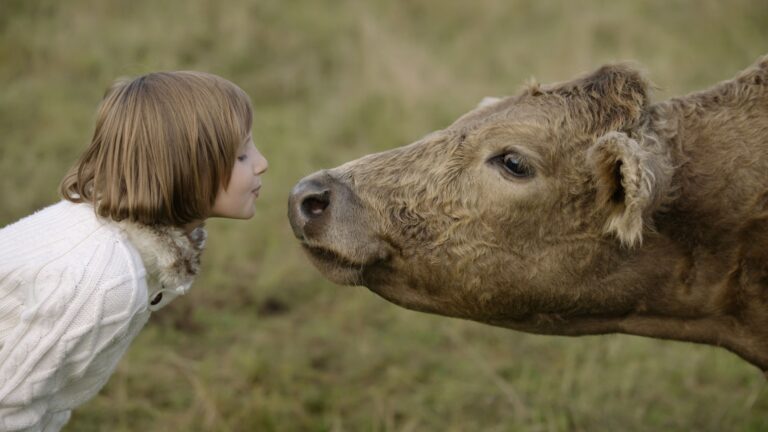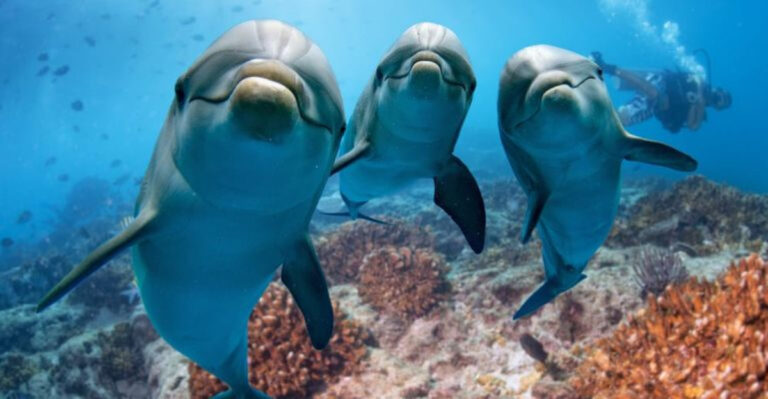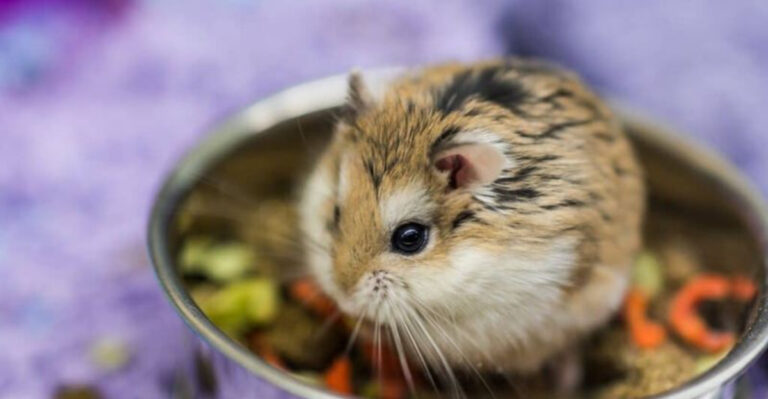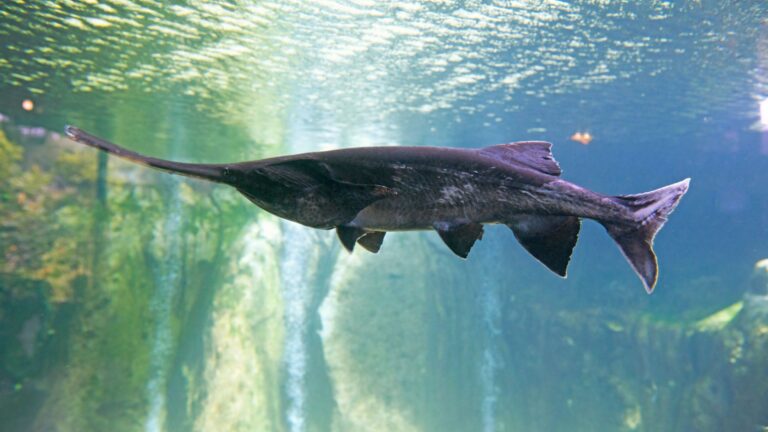9 Mind-Blowing Animals That Survive Being Frozen
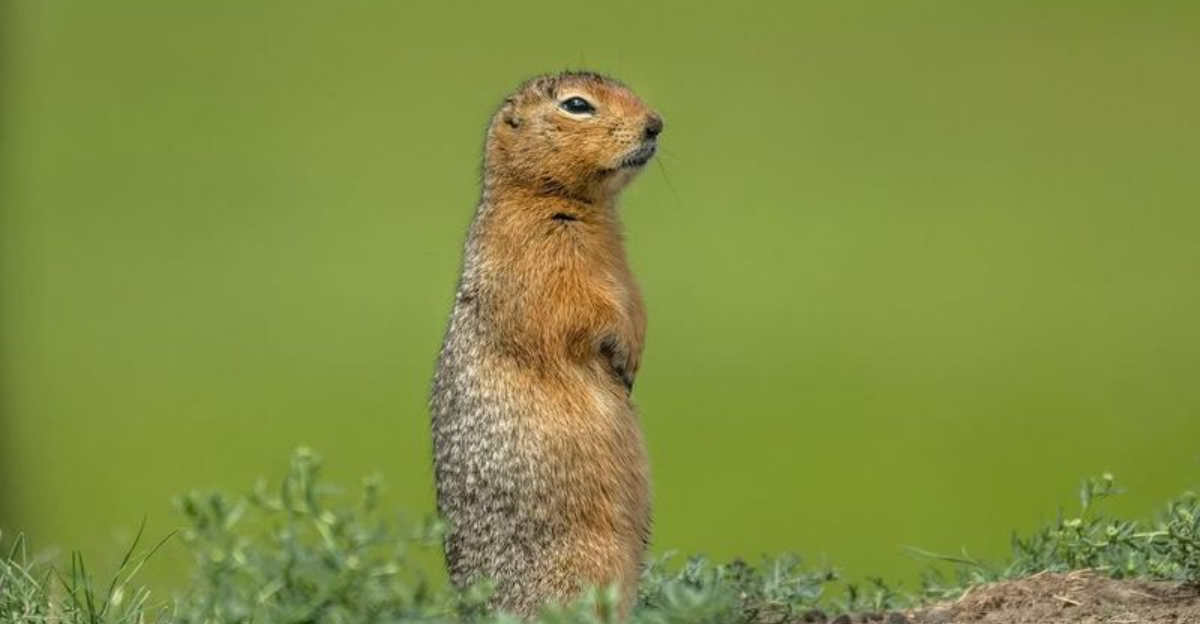
Imagine being frozen solid and still living to tell the tale! It’s not just a fantasy; some amazing animals can do just that.
These creatures have evolved incredible ways to survive the coldest conditions on Earth, turning freezing challenges into a fascinating part of their life cycle. Read on to discover how they do it!
1. Woolly Bear Caterpillar

Surviving Arctic winters isn’t easy, but this fuzzy little insect has it down to a science. When temperatures plummet, its body freezes solid – heartbeat and breathing come to a complete stop.
Thanks to special antifreeze-like compounds, its cells stay protected until warmer days return. Incredibly, it can repeat this freeze-thaw cycle for years before finally transforming into a moth.
2. Crucian Carp
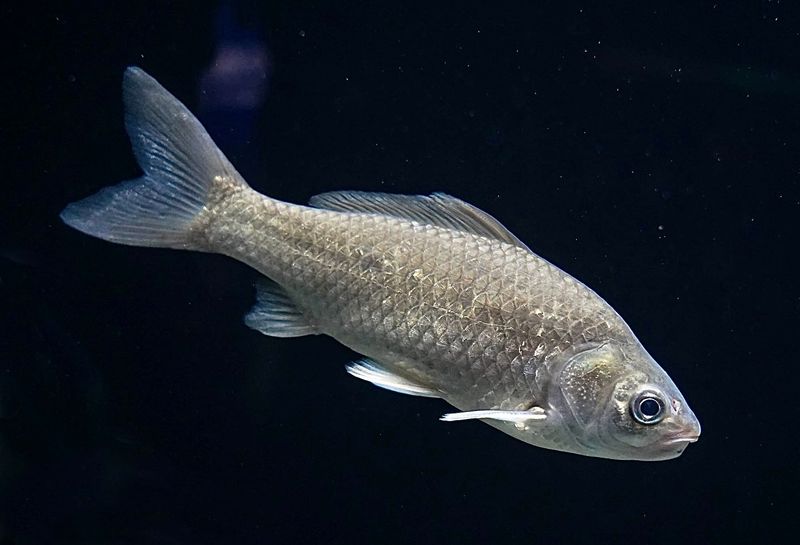
The crucian carp is a fish that thrives in icy waters. During winter, it slows its metabolism and survives on minimal oxygen, thanks to a special process that converts its body’s waste into alcohol.
This allows it to survive in freezing, oxygen-poor environments. Incredibly, the crucian carp can live for months under ice without food, securing its place as a master of survival.
This remarkable fish can even recover quickly once the ice melts, swimming freely in its aquatic home.
3. Arctic Ground Squirrel
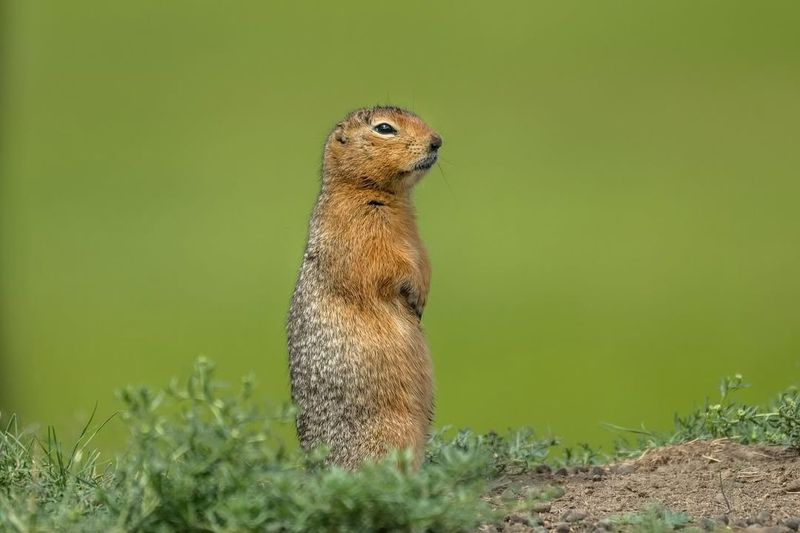
These small mammals can lower their body temperatures below freezing, enduring extreme cold that would kill other animals. They enter a state of suspended animation with reduced metabolic rate.
Every few weeks, they briefly wake up to restore their body functions before slipping back into hibernation. This astounding adaptation allows them to survive long, harsh Arctic winters, re-emerging in spring ready to thrive.
4. Painted Turtle
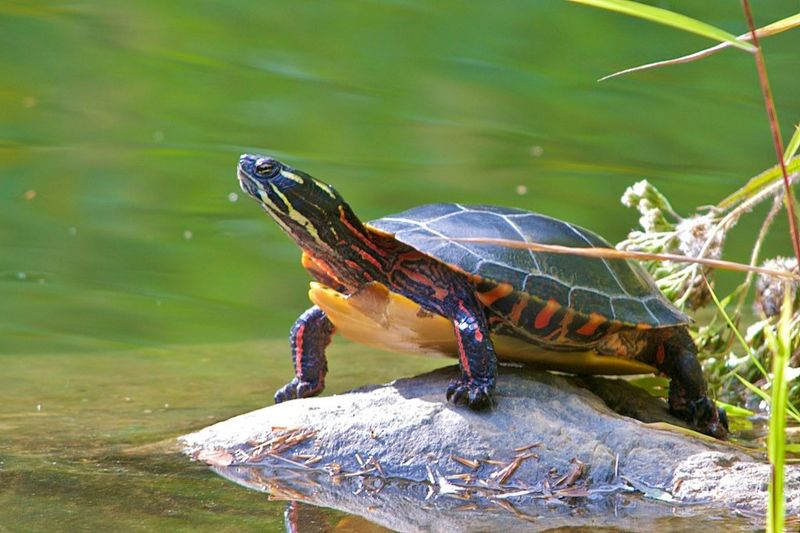
As cold weather sets in, painted turtles retreat to the muddy bottom and slow their metabolism to an astonishingly low rate. Without oxygen, they rely on stored energy to survive the long winter.
These turtles can survive months underwater in a state close to dormancy. When spring arrives, they emerge from their frosty slumber, ready to bask in the sun once again. Their resilience is truly extraordinary!
5. Alaskan Painted Lady Butterfly
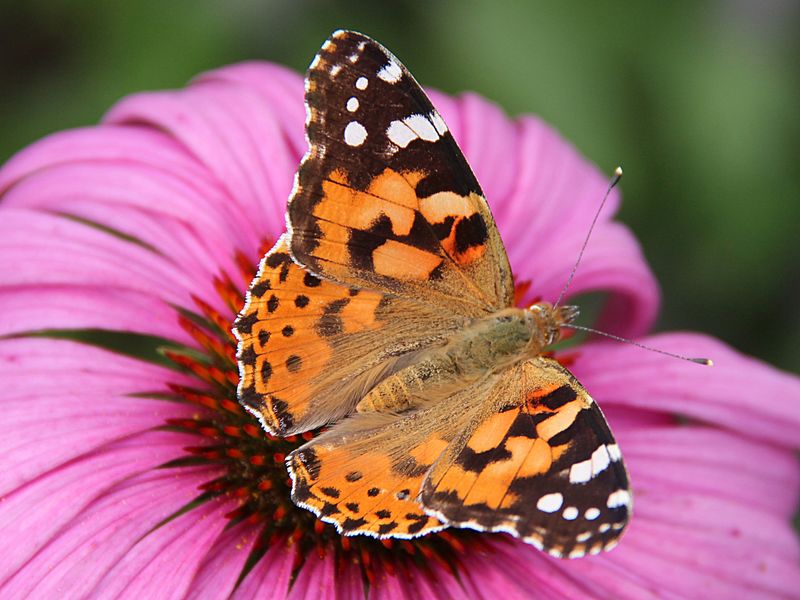
Braving icy Alaskan winters isn’t just for big animals – these butterflies manage it with surprising style. By entering a state called diapause, they essentially pause their development and ride out the cold.
Natural antifreeze in their bodies keeps their tissues from freezing solid. When spring returns, they reawaken and flutter back into life, adding bursts of color to the thawing landscape.
6. Tardigrade
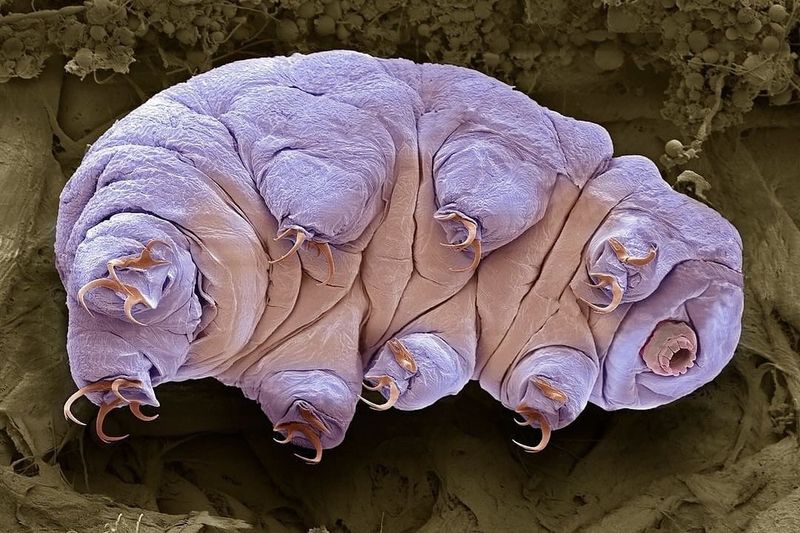
Tardigrades, or water bears, are tiny creatures that can survive the most extreme conditions, including being frozen. They enter a tun state, losing almost all body water and slowing their metabolism to survive freezing temperatures.
These microscopic marvels can withstand the vacuum of space and radiation, making them one of the most resilient life forms on Earth. Once conditions improve, tardigrades rehydrate and return to their active state, seemingly unfazed by their icy ordeal.
7. Wood Frog
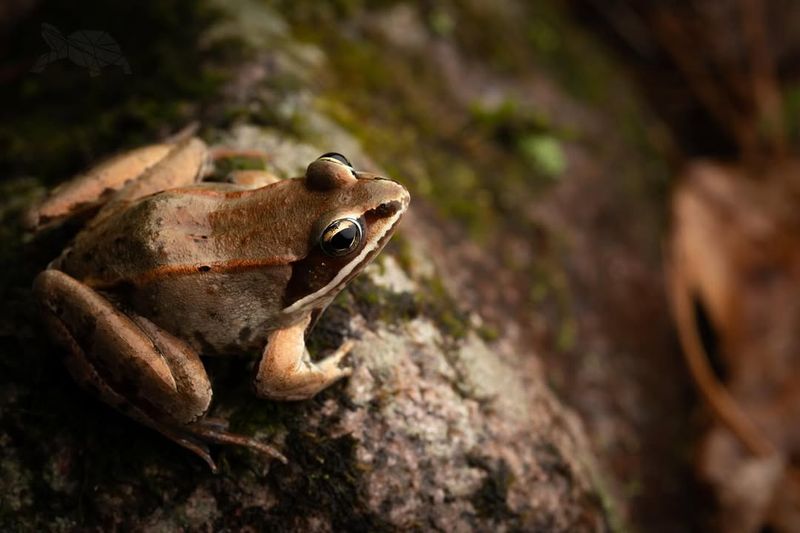
Wood frogs exhibit an incredible ability to survive freezing temperatures. As winter arrives, they stop breathing and freeze almost solid.
Their bodies produce glucose, acting like antifreeze, to protect their cells from ice damage. Once the thaw begins, these frogs miraculously revive and hop away as if nothing happened.
This extraordinary adaptation ensures their survival in northern climates where winter is long and unforgiving.
8. Siberian Salamander
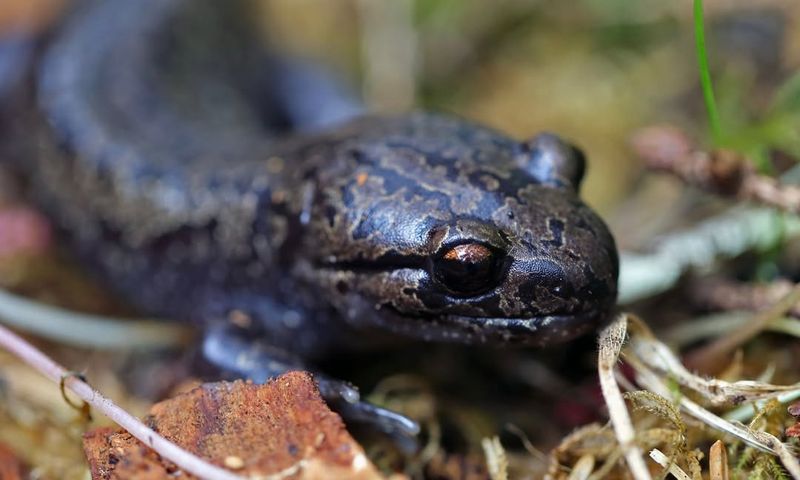
Freezing temperatures don’t slow this salamander down for long – it can survive being encased in ice for years. During the deep freeze, its body stays motionless while specialized proteins and glucose protect its cells from damage.
Ice may form around its tissues, but nothing inside gets destroyed. When the thaw sets in, it simply wakes up and picks up right where it left off, thriving in some of the world’s harshest climates.
9. Upis Beetle
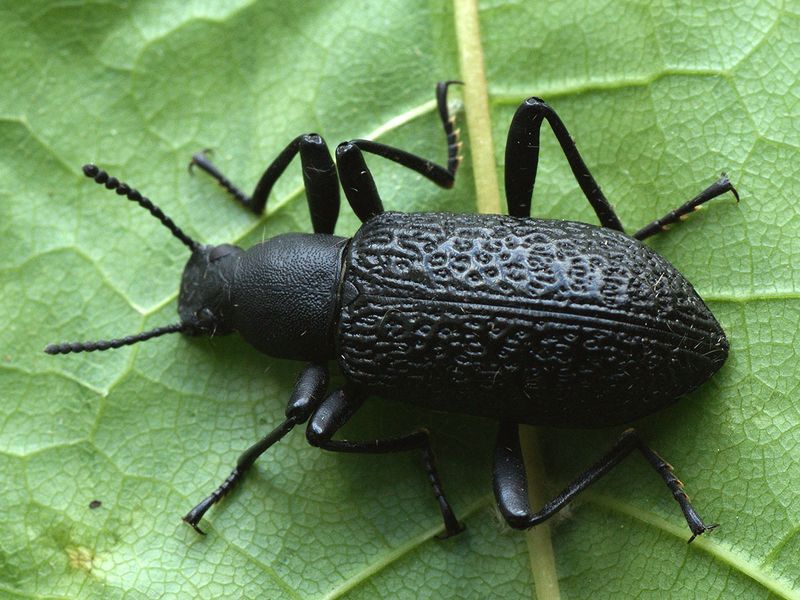
Upis beetles are experts in surviving extreme cold. Found in the Arctic, they produce special proteins that protect their cells from freezing.
During winter, they can endure temperatures as low as -60 degrees Fahrenheit. As spring arrives, these beetles emerge from their icy retreats to resume their activities.
Their unique adaptation not only helps them survive but also thrive in one of the most inhospitable climates on the planet.



